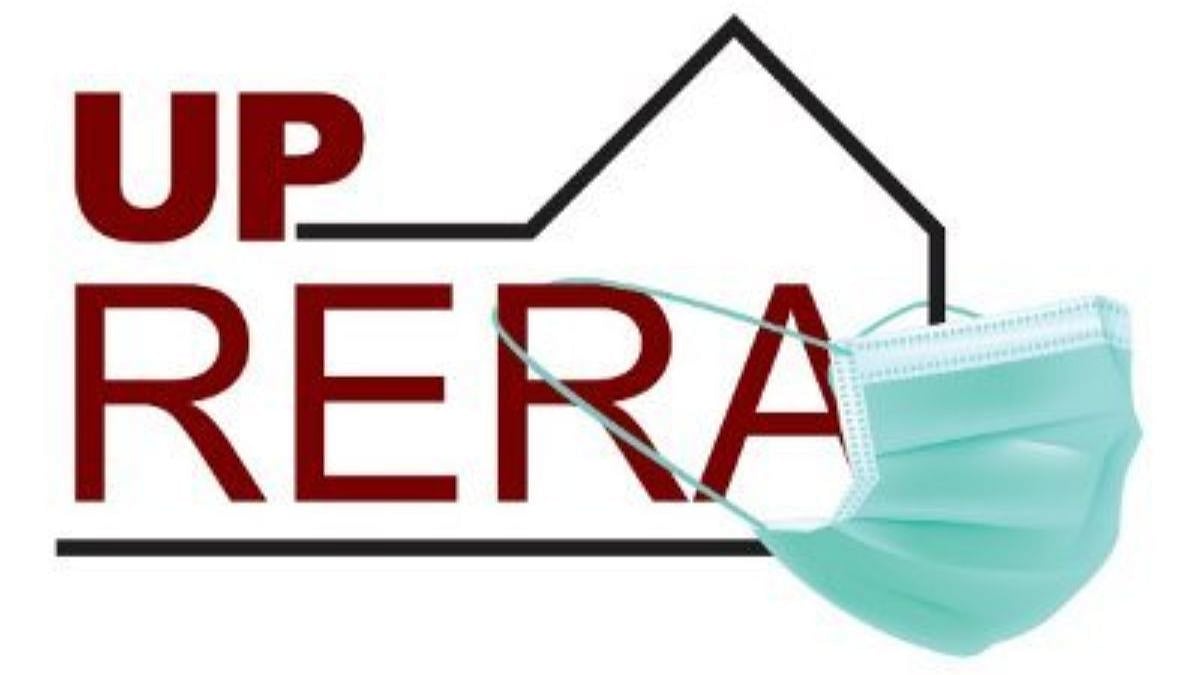MUMBAI : Taking into account the weak economic environment and the continued stress on asset quality of banks, the Reserve Bank of India allowed banks to tap into their countercyclical provision buffer or floating provisions to provide for specific non-performing assets.
Banks have been allowed to tap into 33% of their floating provisions as declared by them as on Mar 31, 2013. The buffer provisions can be utilised by banks based on a policy approved by the board of directors of the bank.
Banks in India have been facing sharp increase in non-performing assets and also an increase in restructured loans, as many companies and projects that had been granted loans have not been able to service or repay their loans due to the continued growth slowdown in the country.
RBI has been mooting that banks create a ‘countercyclical provisioning buffer’ over the last few years and had “advised that this buffer will be allowed to be used by banks for making specific provisions for non-performing assets, inter alia, during periods of system wide downturn, with the prior
approval of RBI”.
In an additional sentiment booster for banks, RBI has said this dip into provisions can be over and above the utilisation of these floating provisions to provide on accelerated basis for stressed loans as mooted under a recent RBI framework. The RBI on Jan 30, issued a press release titled ‘Early
Recognition of Financial Distress, Prompt Steps for Resolution and Fair Recovery for Lenders: Framework for Revitalising Distressed Assets in the Economy’ aimed at helping banks overcome their asset quality problems in a better manner.
RBI also asked banks to start working towards creation of a ‘dynamic provisioning account’ as suggested in a discussion paper issued in March 2012, where banks will provide more during good times which can be utilised to cover its losses in times of stress.





